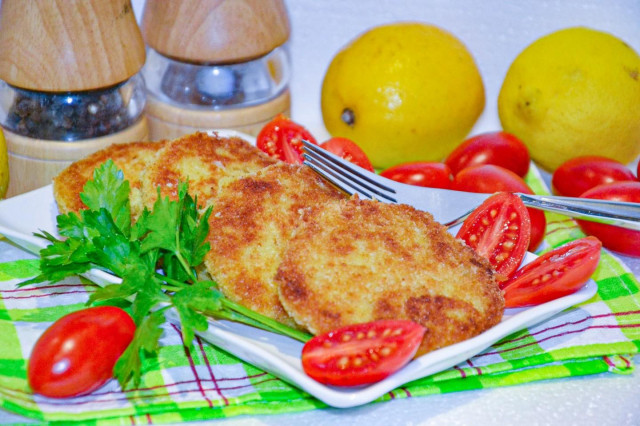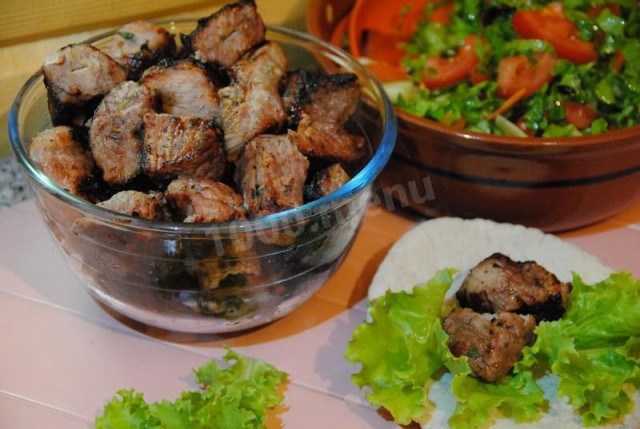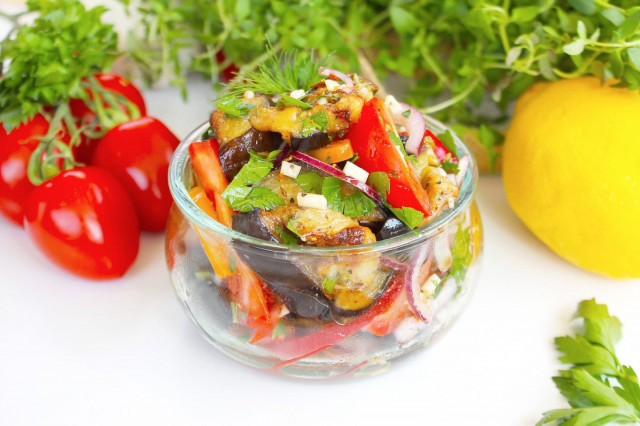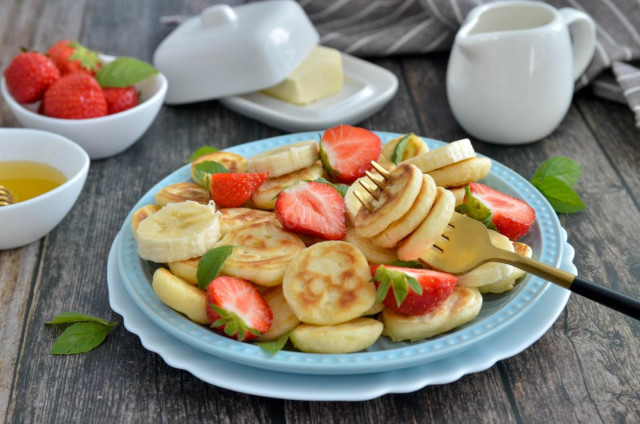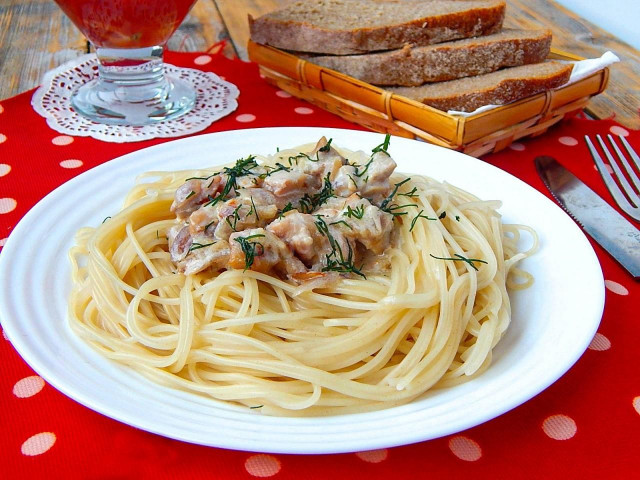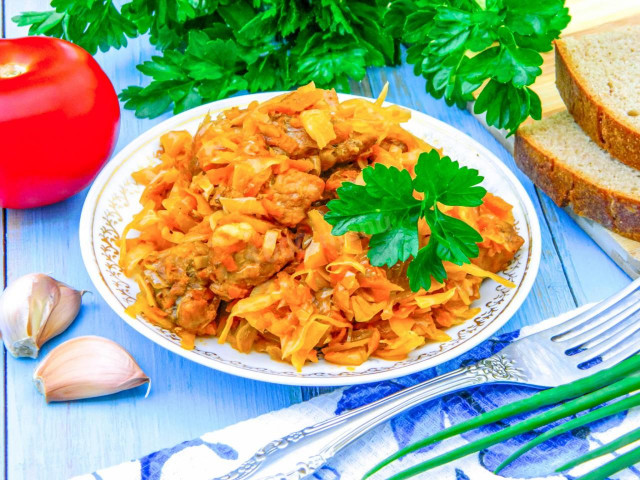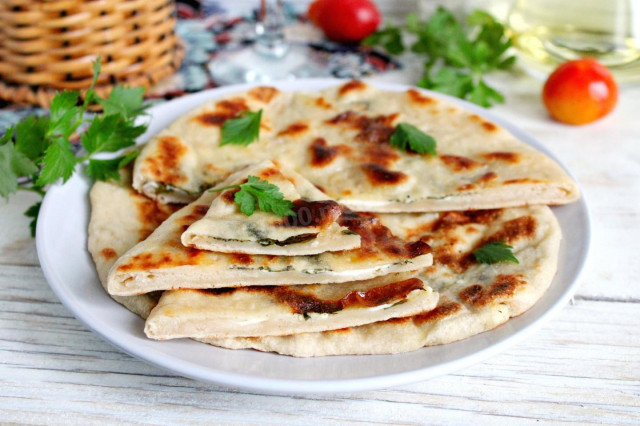Composition / ingredients
Step-by-step cooking
Step 1:
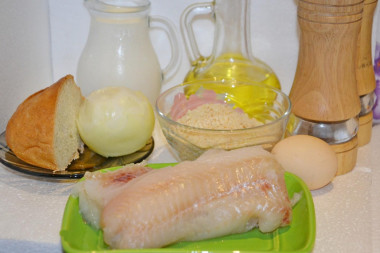
How to make minced pollock cutlets? Prepare the products. You can buy minced pollock ready-made or make it yourself from fish fillets, as I did. Homemade minced meat is much tastier than purchased. If you have whole pollock carcasses, then cut them into fillets.
Step 2:
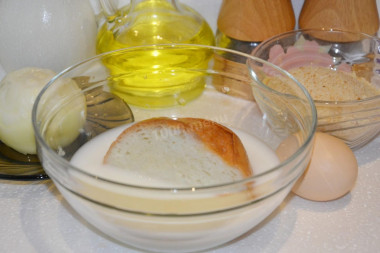
First of all, soak a bun in milk. For cutlets, they usually take already stale, a soft and fresh bun will not absorb the juice from the minced meat as well as a stale one will do.
Step 3:
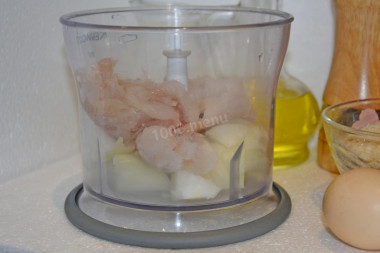
Then, using a blender or meat grinder (the more convenient), chop the pollock fillet and onion. I scrolled the fish in the blender chopper.
Step 4:
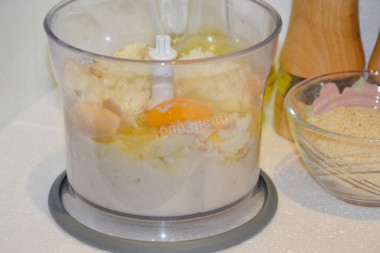
Add the soaked bun and egg to the fish. And twist the minced meat again. It will become homogeneous and very tender. If you use a meat grinder, then scroll the bun along with the fish.
Step 5:
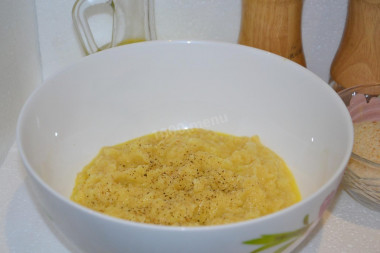
Add salt and pepper to taste and knead the minced meat well.
Step 6:
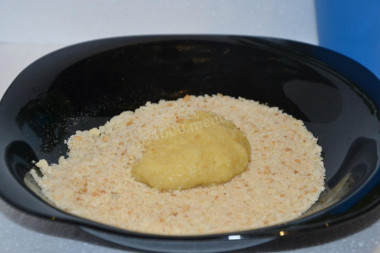
Form minced cutlets and roll them in breadcrumbs. The shape of cutlets can be any — both round and oblong.
Step 7:
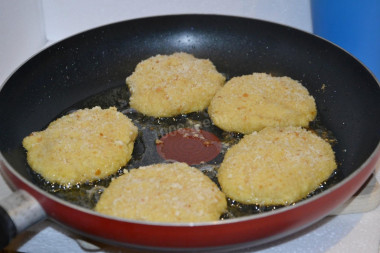
Heat vegetable oil in a frying pan over high heat. Put the cutlets on it. Make the fire medium. Fry the cutlets on both sides until golden brown.
Step 8:
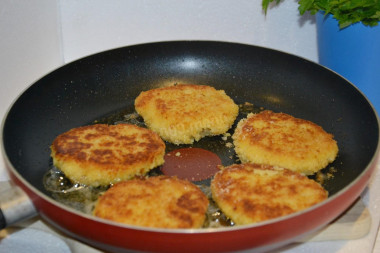
To make the cutlets crispy, fry them without a lid.
Step 9:
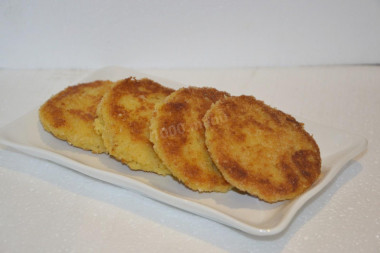
Here are such wonderful cutlets we got!
Step 10:
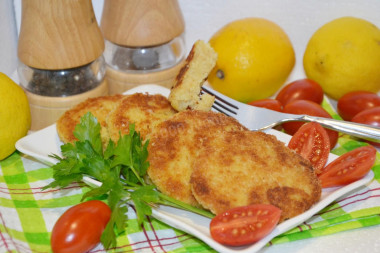
Inside they are very gentle. Serve the cutlets with or without a side dish, as you like. Fresh vegetables are perfectly combined with fish cutlets!
Step 11:
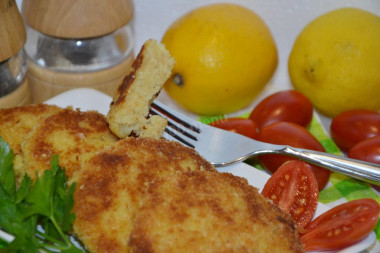
Bon appetit!
How to properly cut a whole fish into fillets? Remove the tail, head and fins. Cut the carcass along the spine to the spine. Turn it on its side. With a sharp knife, cut the meat from the backbone bone. Turn the carcass over and cut the fillet from the other side. Clean the inside by removing the black film, as it is bitter and will spoil the taste. Rinse and be sure to dry well.
Be sure to wash the eggs before use, as even the seemingly clean shell may contain harmful bacteria. It is best to use food detergents and a brush.
Use oil with a high smoking temperature for frying! Any oils are useful only until a certain temperature is reached - the point of smoking, at which the oil begins to burn and toxic substances, including carcinogens, are formed in it.
Unrefined oils, with rare exceptions, have a low smoking point. There are a lot of unfiltered organic particles in them, which quickly begin to burn.
Refined oils are more resistant to heating, and their smoking point is higher. If you are going to cook food in the oven, on a frying pan or grill, make sure that you use oil with a high smoking point. The most common of the oils with a high smoking point: refined varieties of sunflower, olive and grape.
Caloric content of the products possible in the composition of the dish
- Whole cow's milk - 68 kcal/100g
- Milk 3.5% fat content - 64 kcal/100g
- Milk 3.2% fat content - 60 kcal/100g
- Milk 1.5% fat content - 47 kcal/100g
- Concentrated milk 7.5% fat content - 140 kcal/100g
- Milk 2.5% fat content - 54 kcal/100g
- Chicken egg - 157 kcal/100g
- Egg white - 45 kcal/100g
- Egg powder - 542 kcal/100g
- Egg yolk - 352 kcal/100g
- Ostrich egg - 118 kcal/100g
- Vegetable oil - 873 kcal/100g
- Salt - 0 kcal/100g
- Onion - 41 kcal/100g
- Pepper - 26 kcal/100g
- Dietary bun - 242 kcal/100g
- Diet bun on sorbitol - 266 kcal/100g
- Bun - 242 kcal/100g
- Breadcrumbs - 347 kcal/100g
- Minced fish - 69 kcal/100g

